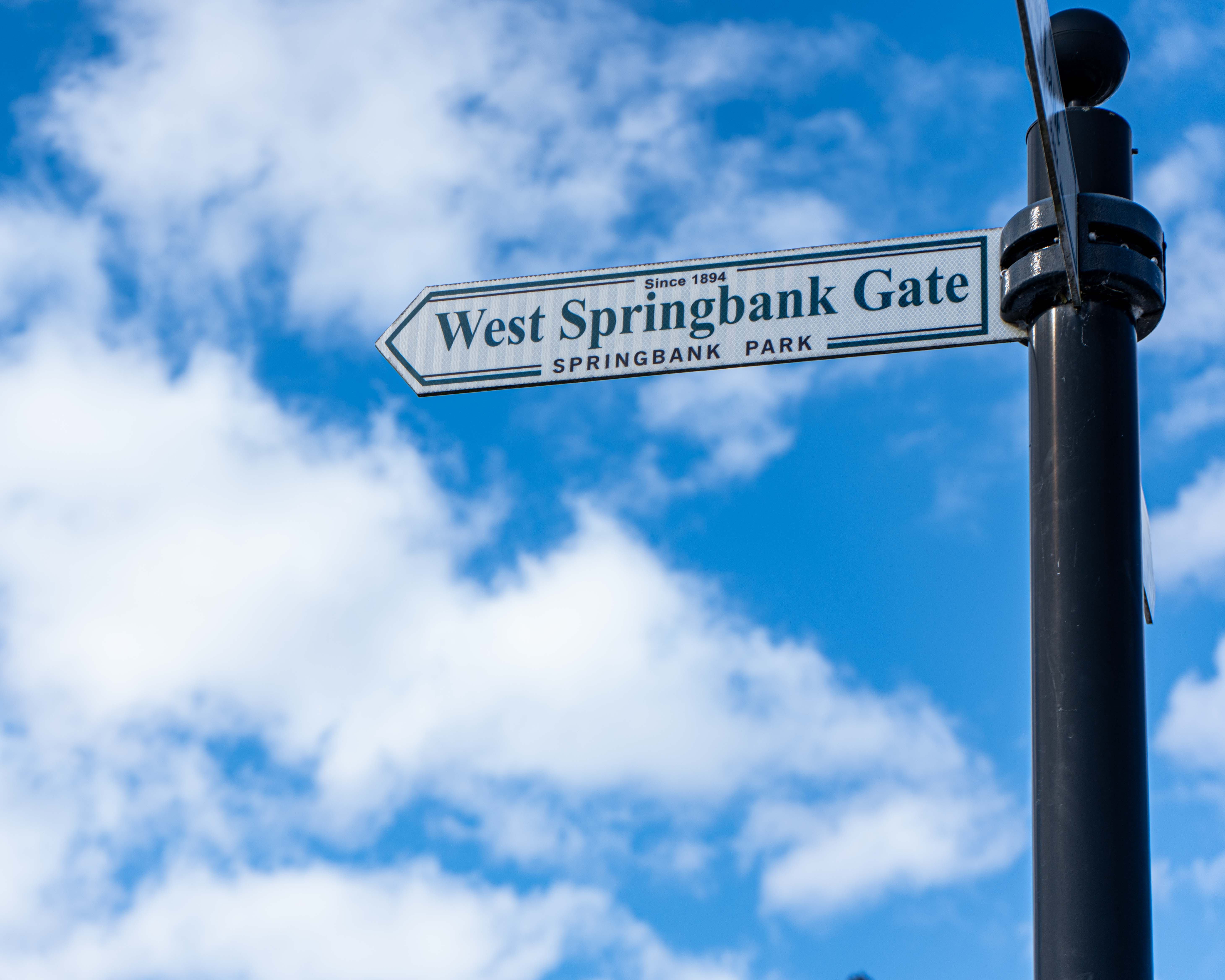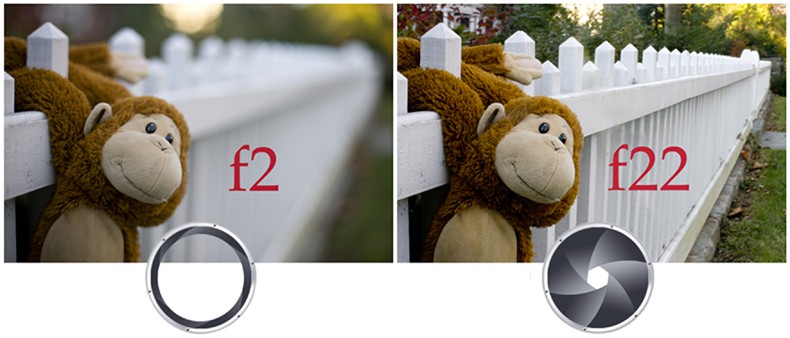Exposure in photography refers to the amount of light that reaches the camera sensor. It is like how long you leave the door open when it’s raining. If you leave it open for a long time, lots of rain comes in. If you only open it for a little bit, only a little rain comes in.


It’s a fundamental concept in photography, akin to balancing an equation. Too much light results in an overexposed image that’s overly bright and washed out. Too little light leads to an underexposed image that’s too dark. Achieving the correct exposure is about finding the right balance of light.
Understanding exposure in photography is like knowing how to bake a cake. If you use the right amount of each ingredient, your cake will turn out great! In photography, if you understand exposure, you can control how light or dark your photos are, making them look just right. Using exposure creatively to convey a particular message or feeling is the difference between taking a snapshot and creating a photograph.
In this blog post we will go over:
- What is Exposure?
- Understanding Light
- Aperture
- Shutter Speed
- ISO
- The Exposure Triangle
- Using Exposure Creatively
What is Exposure?
We already defined Exposure. It is like adjusting the brightness on your phone screen. It’s about controlling how much light enters your camera to make your photo just the right amount of bright or dark.
Exposure in photography is determined by three key elements: aperture, shutter speed, and ISO. Aperture refers to the size of the lens opening, which controls the amount of light entering the camera. A larger aperture allows more light in, resulting in a brighter image. Shutter speed is the length of time the camera’s shutter is open, exposing the sensor to light. A slower shutter speed allows more light to reach the sensor, while a faster shutter speed reduces the amount of light. ISO is the camera sensor’s sensitivity to light. A higher ISO increases the sensor’s sensitivity, brightening the image, while a lower ISO decreases sensitivity, darkening the image. Together, these three elements control the exposure of an image.
Think of taking a picture like filling a bucket with water. The aperture is like the size of the bucket. A big bucket (large aperture) can hold a lot of water (light), and a small bucket (small aperture) can hold a little. Shutter speed is like how long you leave the faucet on. If you leave it on for a long time (slow shutter speed), you get a lot of water (light). If you turn it on and off quickly (fast shutter speed), you get a little water (light). ISO is like a sponge that can soak up extra water (light). A big sponge (high ISO) can soak up a lot of water (light), and a small sponge (low ISO) can soak up a little.
Understanding Light

Light is the fundamental element in photography. It’s the medium that photographers use to create their images. Understanding light, its intensity, quality, and direction, is crucial in creating compelling photographs. It influences the mood, texture, color, and contrast of the image. Therefore, mastering the use of light is essential for any photographer.
There are different types of light that can change how your photo looks. Soft light, like on a cloudy day, creates gentle shadows and can make things look more even. Hard light, like on a bright sunny day, creates strong shadows and can show lots of detail. Natural light comes from the sun or moon, and it changes throughout the day. Artificial light comes from things like lamps and can be used any time. Each type of light can affect your photo’s exposure, or how light or dark it is.
Aperture

Aperture is like a door that lets light into your camera. If the door is wide open (large aperture), more light gets in, making the photo brighter. If the door is only a little open (small aperture), less light gets in, making the photo darker. Aperture also affects what’s called ‘depth of field’. A large aperture makes only the subject in focus and the background blurry, while a small aperture keeps both the subject and the background in focus.
Consider photographing a landscape. With a small aperture, you can capture a sharp image from the foreground to the horizon, showing all the details of the scene. However, if you’re taking a portrait and want to isolate the subject from the background, a large aperture would be more suitable. It would render the subject sharply, while the background becomes a soft blur, drawing attention to the subject.
Shutter Speed

Shutter speed in photography is like the timer on a stopwatch. It’s how long the camera’s shutter stays open to let light in. A fast shutter speed is like stopping the stopwatch quickly, letting in less light and freezing action. A slow shutter speed is like letting the stopwatch run longer, letting in more light and showing motion blur in moving objects.
Consider photographing a waterfall. With a fast shutter speed, you can capture every drop of water in mid-air, freezing the motion and providing a detailed image of the waterfall at that instant. However, if you use a slow shutter speed, the moving water turns into a silky blur, creating a dreamy effect that conveys the continuous flow of the waterfall.
ISO

ISO in photography refers to the sensitivity of your camera’s sensor to light. A higher ISO increases the sensor’s sensitivity, allowing you to capture brighter images in low-light conditions. However, a higher ISO also introduces more digital noise into the image, which can result in a grainy appearance. Balancing the ISO setting is crucial to achieving a well-exposed image without excessive noise.
Consider photographing a dimly lit cityscape at night. With a low ISO, the image may be underexposed, with the details of the buildings lost in shadow. By increasing the ISO, you can brighten the image, bringing out the details and colors of the cityscape. However, a high ISO can introduce noise into the image, resulting in a grainy texture, especially in the darker areas of the photo.
The Exposure Triangle

Taking a photo is like balancing a seesaw. Aperture, shutter speed, and ISO are the three friends who can sit on the seesaw to balance it. Aperture is like the size of your friend. A big friend (large aperture) brings the seesaw down more (lets in more light), and a small friend (small aperture) brings it down less (lets in less light). Shutter speed is like how long your friend sits on the seesaw. A long sit (slow shutter speed) brings the seesaw down more (lets in more light), and a short sit (fast shutter speed) brings it down less (lets in less light). ISO is like the strength of your friend. A strong friend (high ISO) can push the seesaw down more (makes the picture brighter), and a weak friend (low ISO) pushes it down less (makes the picture darker).
In photography, a “stop” is a measure of light. If you increase your exposure by one stop, you’re doubling the amount of light. If you decrease by one stop, you’re halving the light. The exposure triangle refers to the three settings on your camera that affect how much light is captured: aperture (how big the hole in the lens is), shutter speed (how long the camera’s sensor is exposed to light), and ISO (how sensitive the camera’s sensor is to light). By adjusting these three settings, you can control the brightness of your photo, how much of the scene is in focus, and how sharp or blurry moving objects appear.
Using Exposure Creatively

Exposure manipulation is a powerful tool in photography that can lead to a variety of creative effects. Long exposures, where the camera’s sensor is exposed to light for an extended period, can result in light trails or smooth water effects. This is because any movement that occurs while the sensor is exposed is captured, creating a sense of motion. For example, car headlights at night can appear as continuous streaks of light, or flowing water can take on a smooth, misty appearance. Conversely, using a fast shutter speed to limit the light exposure can freeze motion, capturing a moment in time with crisp clarity. This technique is ideal for action shots, such as a bird in flight or a sports player in motion.
Examples of creative uses of exposure.
- Star Trails: If you leave your camera open for a really long time at night, you can make the stars look like they’re making circles in the sky.
- Smooth Water: If you take a picture of a waterfall with a long exposure, the water can look smooth and silky.
- Frozen Action: If you take a picture of someone jumping in the air with a very fast shutter speed, you can make them look like they’re frozen in the air.
In this post, we explored the concept of “stops” and the exposure triangle in photography, which includes aperture, shutter speed, and ISO. We also discussed how manipulating these settings can lead to creative effects, such as light trails, smooth water, and frozen action. Now, I encourage you to experiment with these settings on your own camera. See how changing the exposure can create different effects and enhance your photos!

